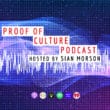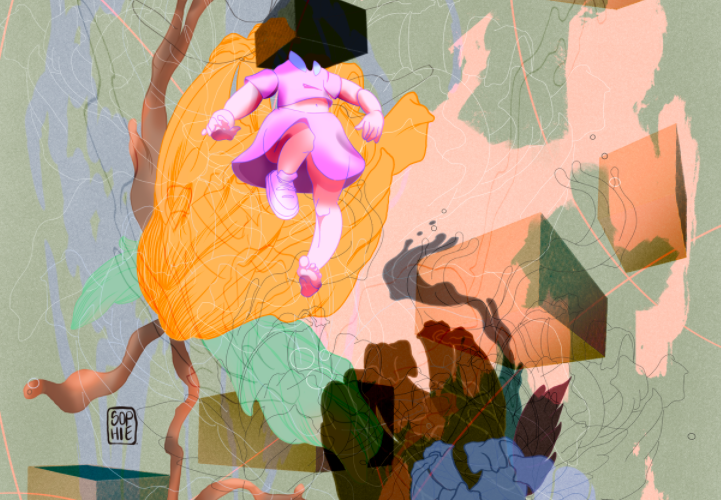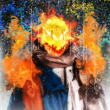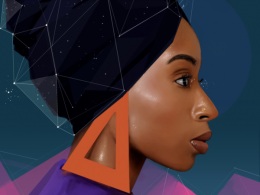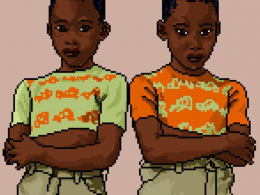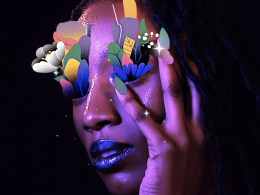Sophie Sturdevant is a passionate creator and one of the loudest voices for equity and diversity in NFTs. Her honest, thoughtful responses to our questions provided great insight into the person behind the work.
When did you first start making art?
I started making art as early as I could hold a pencil, around 3 years old. At 5, I said I wanted to be an artist (and won my first art show shortly thereafter, while showing in the Cherry Creek Arts Festival in Denver, 1998).
How do you describe your work?
Over the course of my artistic career, I’ve developed a style I call SuperStacked. With a traditional background, I work in both physical and digital spaces. Regardless of media, my work and process play on a “museum and mayhem” juxtaposition, leveraging line work and stippling to tell visual stories of womanhood — which is, like my work, complicated, abstract, and emotionally overwhelming.
Can you talk about your process for creating your work?
It’s a mess! And it’s really emotionally involved. I’m sensitive, easily stimulated, and an empath. I feel everything so deeply, and art is a good way for me to work through some of those emotions (especially that I have a tough time processing). I used to be very perfectionistic about my work — I can’t tell you how many pieces I’ve scrapped and redone. Over the last year, though, I’ve found a really freeing breakthrough in my process. I’m a lot less perfect, a lot less curated, and I let myself flow a lot more easily. No one piece has the same formula, but I usually work on one or several over the course of a few weeks (or months, sometimes) before calling it finished.
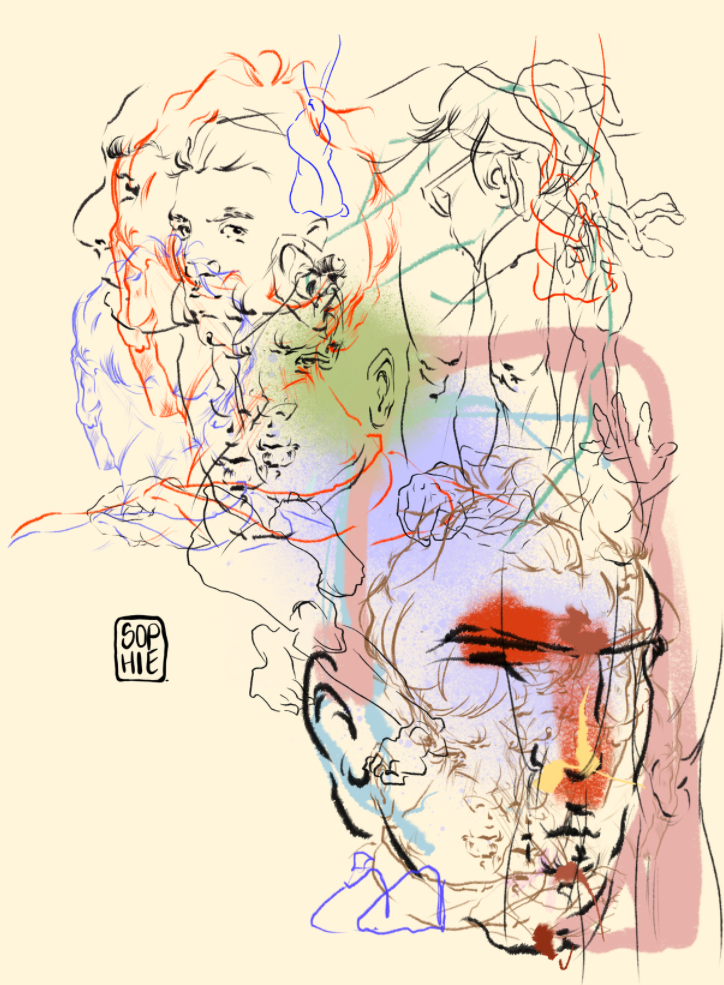
You are an artist but also a writer. Can you talk about how writing fulfills you as a visual artist?
I am a writer as I am an artist, and to be honest, have had a hard time choosing a direction or a niche! Writing is innate for me — I’ve always loved storytelling, and in my mid-twenties began writing poetry, too. Both my visual art and my literary work have the same purpose, though, which is to move others emotionally, and to stretch a viewer’s or a reader’s capacity to feel what I feel (whether it’s nostalgia, or heartache, or euphoria, etc).
I read that you came to NFT via Clubhouse. Can you talk about how critical the app has been to overall NFT coverage and education?
I was introduced to NFTs by an artist friend in the fall of 2020, but I learned about NFTs tactically in Ameer (@sirsuhayb)’s 5-day NFT workshop in Clubhouse around Christmas of last year. To be honest, once I hopped into the Twitter NFT community, I didn’t find Clubhouse to be as compelling as it was when I started using the app. I get most of my information and make most of my connections via Twitter — though that isn’t to say CH isn’t doing well!
Your work centers women. Talk about working on art that elevates the female form. Why is this important?
The number one subject in all of art, historically, is the female form (and often, she’s nude or made “sexually available” in the creator’s eyes. And to be a woman artist is a very strange thing, because we’re rarely seen as the “creator,” but almost always we’re the available and exploitable subject. We need more women drawing women, because it’s imperative that we share our side of the story. Women are grossly undervalued, under-appreciated, and underpaid as artists, so to draw the woman’s form is empowering and demanding. We deserve the same kudos — ESPECIALLY as we’ve been the “subject” for so long.
How has it been for you creating art for NFTs but also having work that you sell as prints as well. How do you straddle both worlds?
I’ve had a hard time finding balance, actually! When I started NFTs, I dove all the way in and was consumed quickly. I started creating digitally, as opposed to traditionally, so my website was updated much less frequently regarding design and inventory. I’m trying to get back to promoting my physical work more often, and creating in space, too.
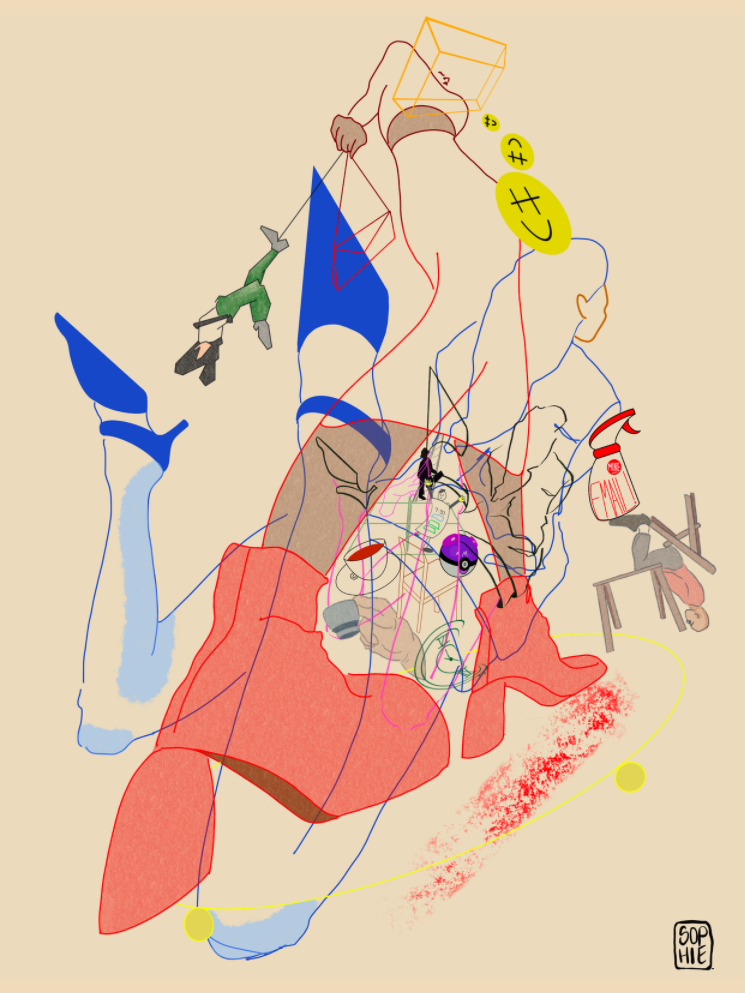
A little bird told me that you’re working on a clothing or fashion line, is this true?
I am! I’m working on my first streetwear drop as we speak. I’ve been making and selling t-shirts (silk screen printed) since about 2017, but I’m ready to go all in. As much as I love NFTs, I really care about how art impacts and infiltrates the world IRL. I don’t just want to make money — I want to create a subculture, to bring people together. Whether they’re in the Metaverse or in person.
Can you share anything about it?
Still under maintenance…but: studiossupply.com will be live soon!
Talk about the sense of community in the NFT space. How has that been critical to your evolution as an artist in the space?
The NFT community has significantly changed the trajectory of my career. I’d never have become the artist that I am, even 8 months in, without this space challenging, inspiring, and driving me to grow in my craft. I think about the longevity of my career differently now, being surrounded by people that are maneuvering well (and a lot that aren’t). I speak about my work more powerfully because I understand, contextually, its cultural and generational impact now. This is history we’re making right now, and I don’t take that lightly.
The community has tried to be inclusive. Do you think that it’s been successful at that? Why or why not?
I think there are some individuals and groups of people that advocate for inclusivity, but we have a long way to go as a whole. The numbers speak for themselves; the most successful artists in NFTs are the same successful artists in the traditional world: white men. Marginalized communities (LGBTQA, people of color, and women, specifically) don’t see the same sales numbers, collaboration opportunities, or visibility as white men. Look at cryptoart.io as a good example: The highest-selling NFT by a woman (Blake Kathryn) was a collaboration with Paris Hilton. A celebrity and a crypto investor. That’s hugely problematic. I love the direction we’re moving toward, and I’m so thankful to finally see a shift, but it will require intentionality (and admission, compassion, and action) from every angle in order to really be considered inclusive.

